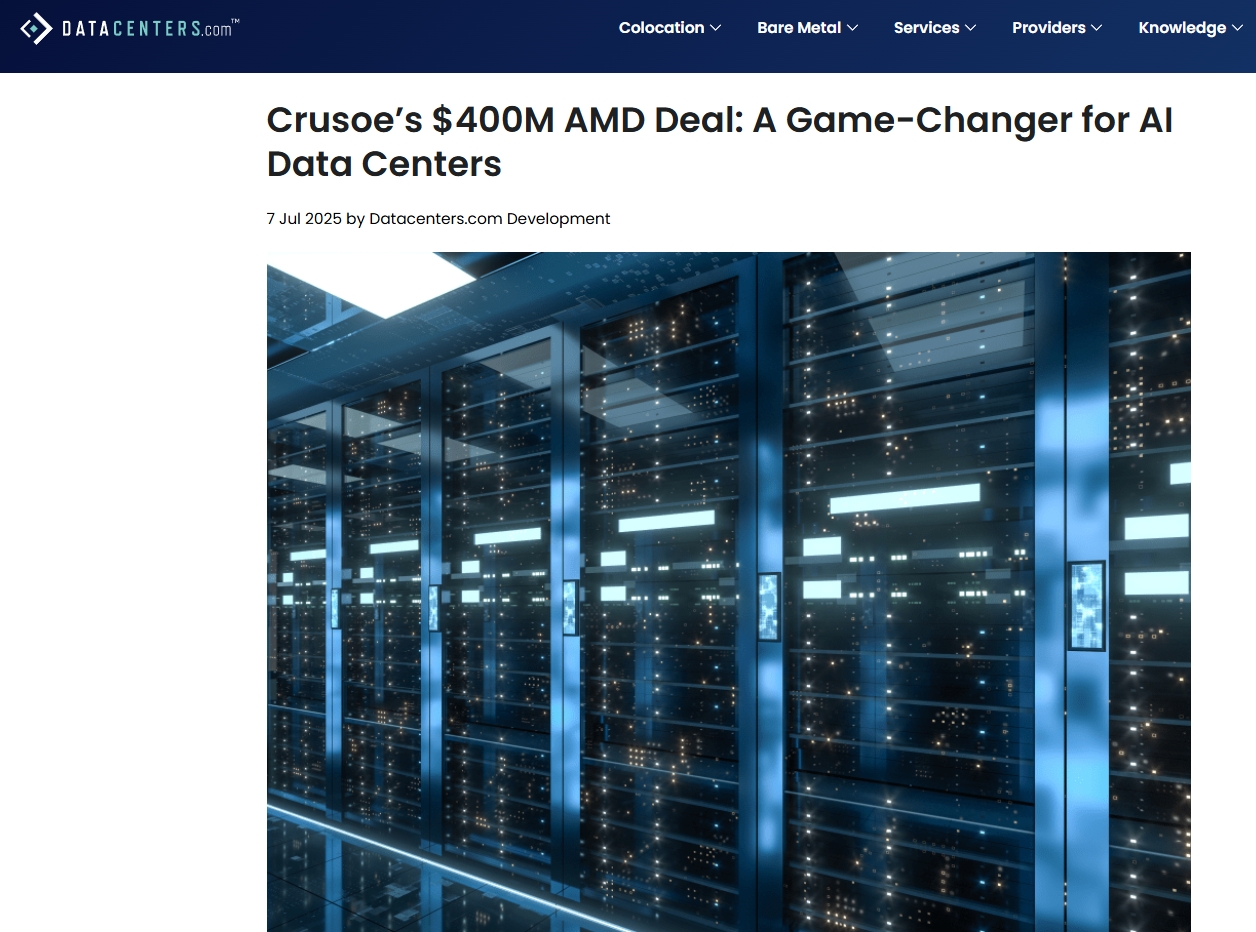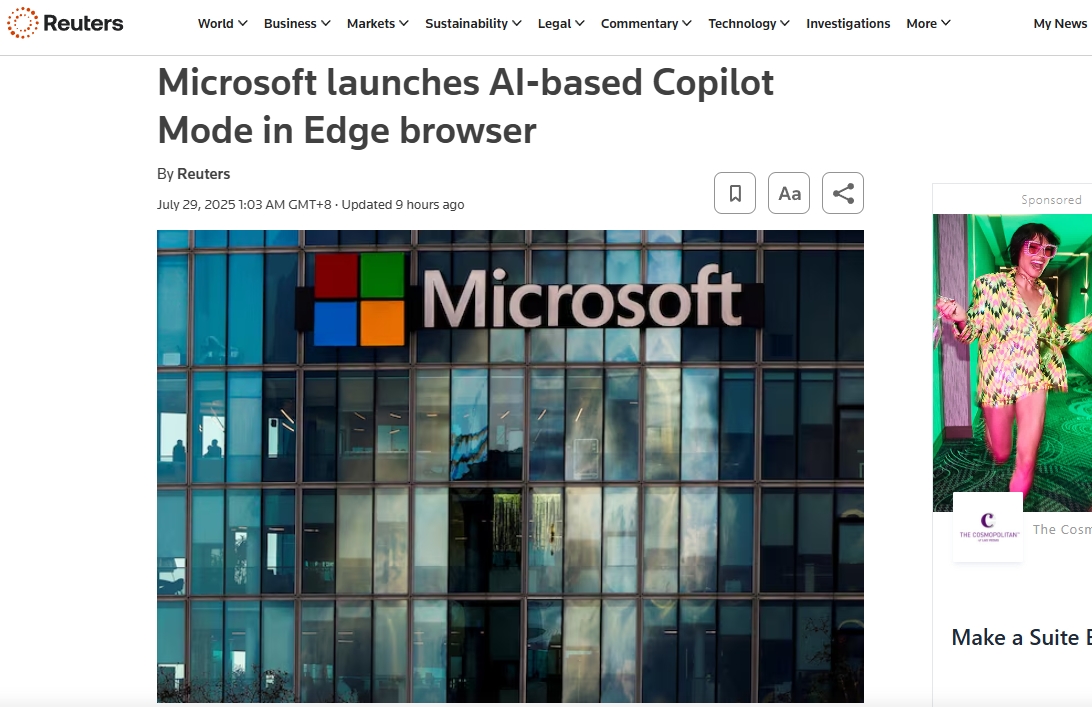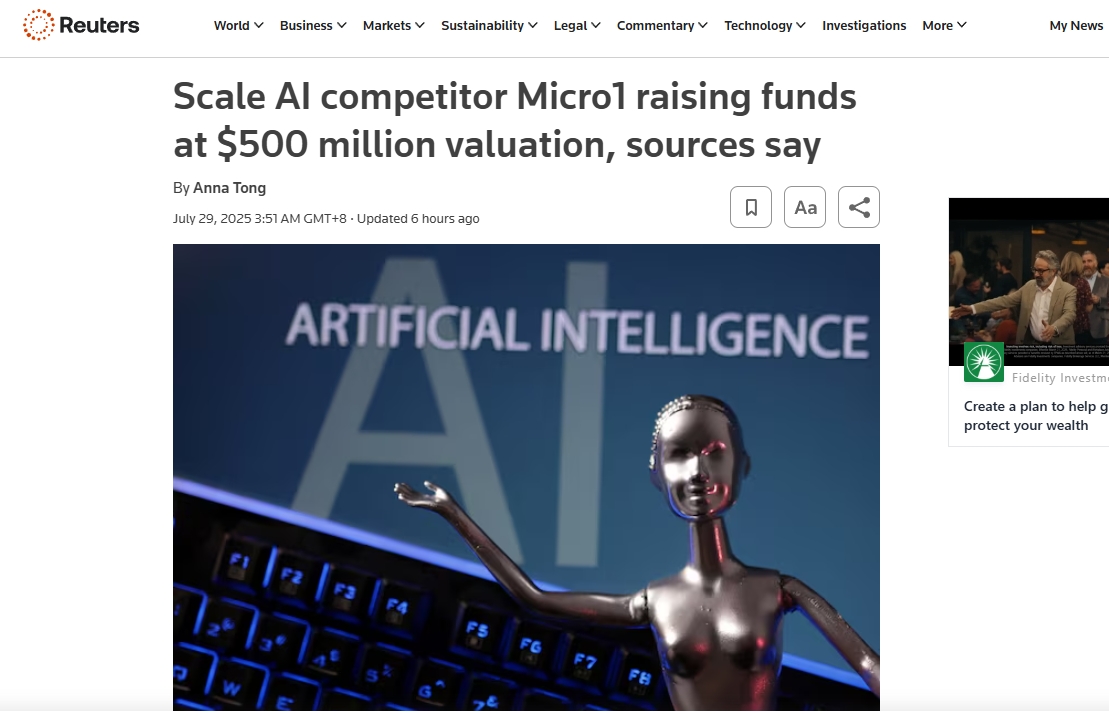A Landmark Move in AI Infrastructure
In a bold and strategic move, Crusoe Energy Systems announced a massive $400 million deal to acquire cutting-edge graphics processing units (GPUs) from AMD. The announcement sent ripples through the AI infrastructure community, not just for its size, but for its implications. Crusoe, a company once primarily known for flaring mitigation and sustainable computing, is now taking center stage in the arms race for AI processing power.
The move comes amid a global scramble for compute resources, as demand for artificial intelligence, machine learning, and high-performance computing (HPC) continues to surge. With competitors like NVIDIA dominating the AI chip space, Crusoe’s pivot to AMD’s Instinct MI300X accelerators signals both a strategic diversification and an aggressive growth plan.
This article explores the many dimensions of this $400 million AMD deal — from the technology underpinning the purchase to the market impacts, the future of AI data centers, and Crusoe's ambitious roadmap.
The Background — Why Compute Is the New Oil
Over the last five years, the phrase “compute is the new oil” has gained traction in the tech world. Just as oil powered the industrial revolution, computing power now fuels the digital revolution. AI models like OpenAI’s GPT-4o and Anthropic’s Claude 3 demand enormous computational resources. Training a frontier model requires thousands of GPUs running for weeks on end.
This has resulted in unprecedented pressure on the semiconductor industry. Companies from Meta to Microsoft are pouring billions into infrastructure — not just in building data centers but also in securing the hardware needed to run large-scale AI workloads.
Enter Crusoe. Originally focused on reducing natural gas flaring by converting stranded energy into compute power, the company has carved out a niche by pairing sustainable energy with digital workloads. Its early experiments with crypto mining have since evolved into a full-fledged AI compute strategy, and this AMD deal solidifies its evolution.
Who Is Crusoe Energy? From Methane to Machine Learning
Crusoe’s origin story is unlike any other AI infrastructure company. Founded in 2018, the company’s initial mission was environmental — to reduce methane emissions from oil and gas operations by deploying mobile data centers that consume otherwise wasted energy.
But Crusoe quickly realized that stranded energy could become a competitive advantage in the compute market. It pivoted from just flaring reduction to offering cloud computing and high-performance infrastructure services.
Its "Digital Flare Mitigation" (DFM) units — containerized data centers deployed in remote oilfields — represented a fusion of environmental technology and cloud computing. Now, it’s leveraging this unconventional infrastructure model to leapfrog into the AI era.
The AMD purchase marks Crusoe's shift from niche player to potential hyperscaler contender.
Inside the Deal — Why AMD, and Why Now?
The heart of the deal lies in AMD’s Instinct MI300X accelerators, a new class of GPUs purpose-built for generative AI and HPC applications. Unlike earlier models, the MI300X offers:
192GB of HBM3 memory (50% more than NVIDIA’s H100)
Advanced ROCm software support
Superior FP8 performance for generative AI training
Competitive pricing and scalability
Crusoe's $400M order includes thousands of MI300X units, set to be deployed across its U.S. and international data centers by Q1 2026.
Strategic Advantages for Crusoe:
Supply Chain Diversification: NVIDIA chips are notoriously hard to procure. AMD offers a viable and powerful alternative.
Cost Efficiency: AMD’s accelerators offer a better price-to-performance ratio in certain workloads.
Energy Integration: MI300X units are being customized for Crusoe’s unique edge deployments, which rely on variable energy sources like flared gas and renewables.
Scalability for AI-as-a-Service: With this deal, Crusoe is expected to expand its AI cloud platform, targeting enterprises and research institutions needing on-demand, eco-friendly compute.
The AI Arms Race and Compute Scarcity
The AMD deal is best understood in the context of a larger industry crisis: compute scarcity. Demand for GPUs has far outpaced supply, leading to:
Lengthy waitlists (sometimes 6–12 months)
Strained relationships between cloud providers and chip vendors
Exorbitant leasing costs on the secondary market
Crusoe is making a proactive bet — by securing AMD chips in bulk, it ensures priority access and sidesteps market volatility.
Companies like CoreWeave, Lambda Labs, and Voltage Park have made similar moves, locking down inventory and building AI-dedicated data centers. Crusoe is now playing in the same league, but with a green-tech twist.
Impacts on the AI Ecosystem
Short-Term Effects
Increased Competition: Crusoe’s entry could pressure existing players, especially as it undercuts traditional cloud pricing.
Acceleration of AMD's Market Share: As more hyperscalers warm to AMD, it could erode NVIDIA’s dominance in AI compute.
Sustainable Compute as Differentiator: Crusoe’s environmentally-conscious model may appeal to ESG-minded enterprises.
Long-Term Potential
Open Source + AMD = Democratization: AMD’s ROCm platform aligns with open-source initiatives, potentially broadening developer adoption.
Partnership Opportunities: Expect Crusoe to form alliances with model developers like Mistral, EleutherAI, and startups lacking their own infrastructure.
Data Center Expansion and Infrastructure Plans
Crusoe is reportedly planning to expand its data center footprint across Texas, North Dakota, and parts of Africa and Latin America — areas rich in stranded or underutilized energy.
Next-Gen Data Centers
Modular, containerized deployments
Renewable and flare-powered hybrid energy models
Liquid cooling for high-density GPU clusters
AI-first networking architecture
Green Compute as a Service (GCaaS)
Crusoe plans to roll out a public-facing AI compute platform — a hybrid of Google Cloud and Lambda — but powered by waste energy. It's a bold play to combine decarbonization with commercial AI.
Risks and Challenges
No tech move is without risk. Crusoe will need to overcome:
Software Stack Parity: ROCm still lags behind NVIDIA’s CUDA in some developer workflows.
Ecosystem Lock-In: Many ML models are optimized for CUDA; porting can be difficult.
Operational Complexity: Deploying and maintaining containerized, remote GPU clusters is logistically intense.
Market Education: Convincing developers and enterprises to choose AMD over NVIDIA still requires outreach and tooling.
But Crusoe is betting that the convergence of AI demand, energy waste, and sustainability pressures will tilt the market in its favor.
What This Means for the Future of Data Centers
Crusoe’s AMD deal is more than just a chip purchase — it’s a vision of the future:
AI infrastructure won't just live in Ashburn or Silicon Valley. It’ll emerge in oilfields, deserts, and remote regions powered by solar or stranded gas.
GPUs are the new utility. Just as electricity powered the 20th century, compute will define the 21st.
Sustainable AI is no longer niche. It’s a core market requirement, especially as environmental regulations tighten.
Crusoe is at the intersection of three megatrends: compute scarcity, climate responsibility, and AI acceleration.
Crusoe’s Ascent
Crusoe’s $400M investment in AMD GPUs is both visionary and pragmatic. It reflects the tectonic shifts happening across AI infrastructure — where access to energy, chips, and innovative thinking define success.
In a time when demand for AI compute is at an all-time high, Crusoe isn’t just buying hardware. It’s buying a seat at the table of the future of infrastructure.
Whether the bet pays off remains to be seen. But one thing is certain: Crusoe is no longer an outsider. With AMD at its side and sustainability as its backbone, it’s now a force to be reckoned with in the global AI data center arms race.








